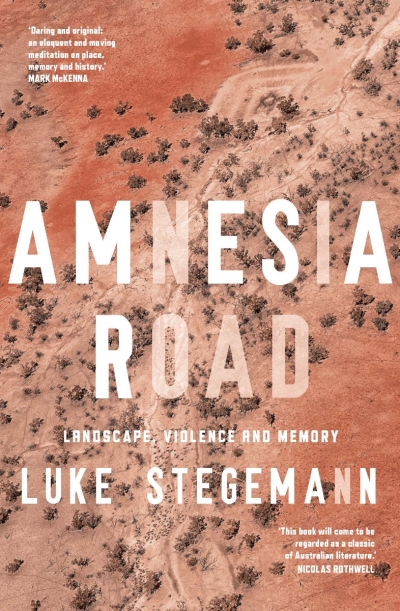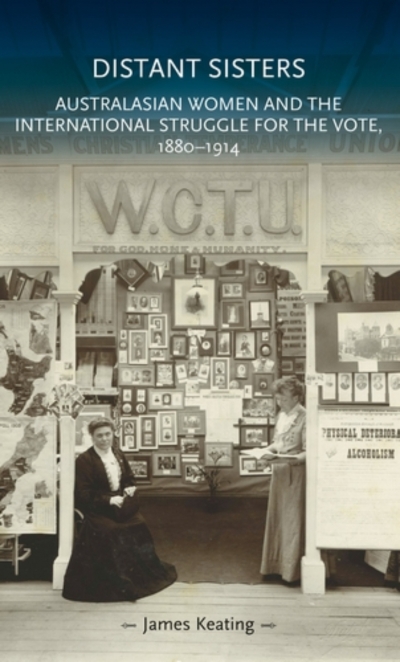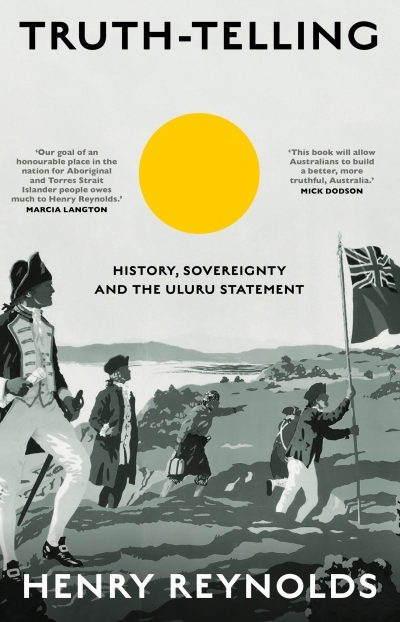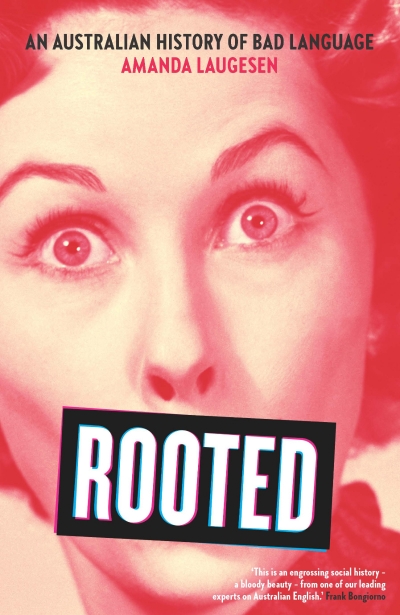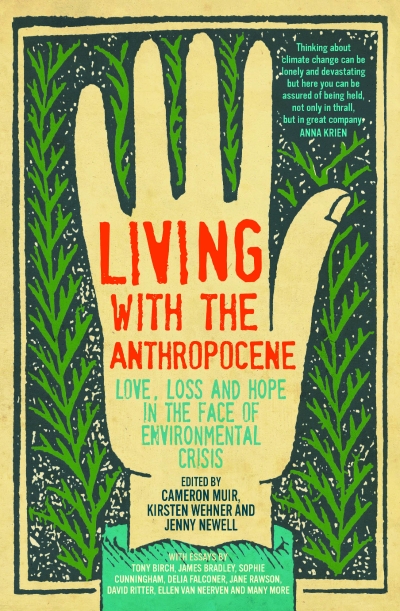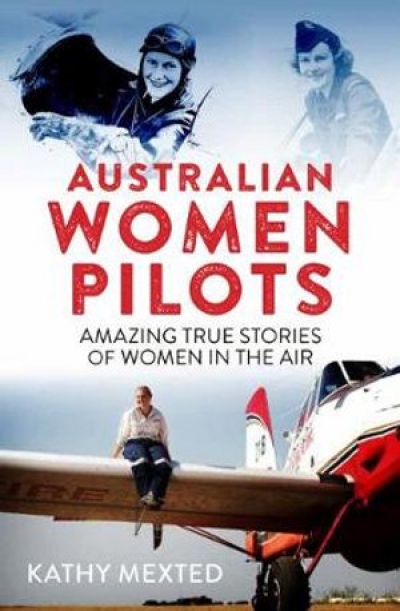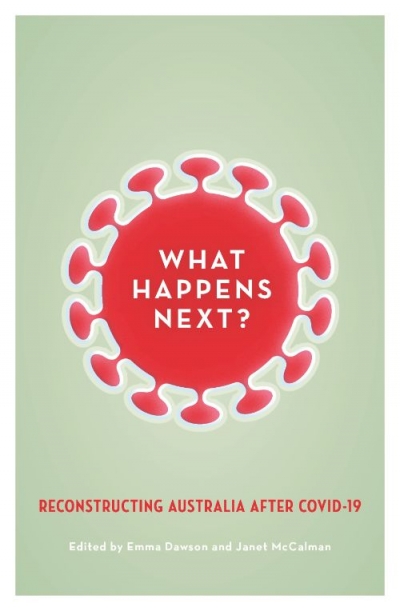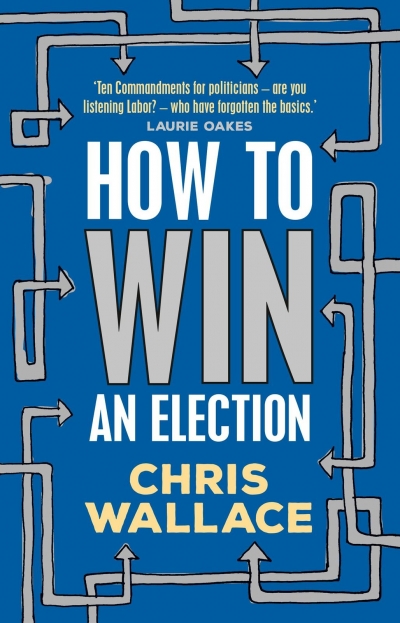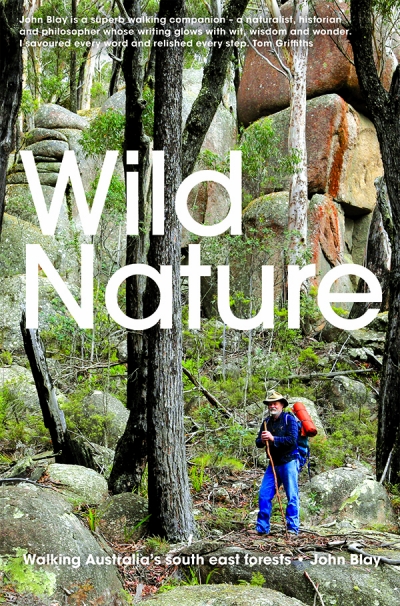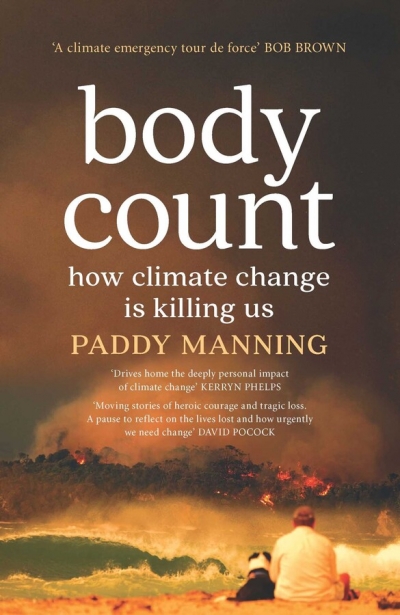NewSouth
Amnesia Road: Landscape, violence and memory by Luke Stegemann
Distant Sisters: Australasian women and the international struggle for the vote, 1880–1914 by James Keating
by Marilyn Lake •
Truth-telling: History, sovereignty and the Uluru Statement by Henry Reynolds
by Sarah Maddison •
Rooted: An Australian history of bad language by Amanda Laugesen
by Kate Burridge •
Living with the Anthropocene: Love, loss and hope in the face of the environmental crisis edited by Cameron Muir, Kirsten Wehner, and Jenny Newell
by Rayne Allinson •
Australian Women Pilots: Amazing true stories of women in the air by Kathy Mexted
by Jay Daniel Thompson •
What Happens Next? edited by Emma Dawson and Janet McCalman & Upturn by Tanya Plibersek
by Morag Fraser •
Wild Nature: Walking Australia’s south east forests by John Blay
by Saskia Beudel •

